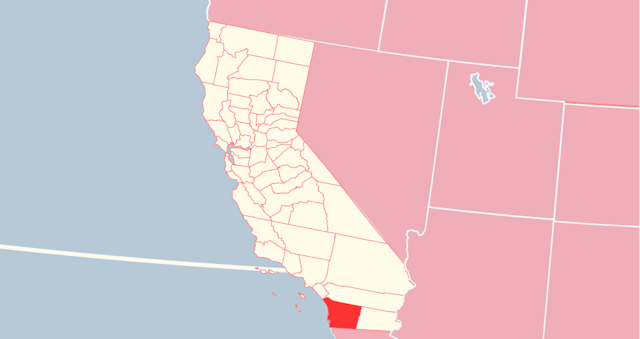Rehabs in San Diego
San Diego is located in the state of California southwest region. It had 3,298,634 residents as of the release of the report. It makes the area the fifth-most populated in the US. Also, it is second-most populous in California.
The city has recently focused on creating equal access to quality drug misuse and mental health care for hundreds of thousands of people with addictions.
Read the article and learn more about rehabs in San Diego, as well as their treatment choices.
Substance Abuse in San Diego
Opioids and street narcotics are among the drugs of abuse in San Diego and California. With detox, therapy, aftercare, and counseling support, drug rehabilitation centers here help you overcome your addiction. While you are in therapy, venues and methods are often adapted to your particular demands.
There are around 100 drug recovery facilities here according to SAMHSA. In addition, there are nearly 40 long-term inpatient treatment facilities. Not to forget about over 75 outpatient services and 25 detoxification facilities.
The majority of drug and alcohol rehabilitation centers are located near the county's metropolitan region. Families can, however, get cured anywhere in the state. According to SAMHSA, more than 60 countywide programs accept Medicaid. More than 50 clinics also accept private medical insurance.
Rehabs in San Diego
Cure for addiction in this county is provided through an approach that strives to treat patients as unique human beings. The regularity with which the county hospitals adopt distinctive types of treatment plans highlights the essential nature of this concept. Before putting out a highly tailored plan with you, the county’s clinics thoroughly analyze each patient upon arrival.
As your requirements change or your course advances, these plans can be adjusted as necessary throughout the process of healing. The region is a great pick if you are aware that you have several diseases. It is because a number of facilities focus on treating people with co-occurring mental conditions, which is not common.
Beyond this, a lot of facilities think that patient and sensible program control are crucial to recovery. It is because they give you back self-control and the decisions you make.
Inpatient
Residential rehab removes social dependence to give your whole attention to healing and recovery.
You will have constant access to a variety of tested techniques for addiction therapy. It frequently consists of single counseling, group sessions, as well as behavioral therapies supported by research. There is also dual diagnosis mental health care.
Outpatient
As a step-down level following a residential program, this one can be employed. You can receive equivalent services to an inpatient one. It can be through both intensive outpatient and PHP treatment.
The least intense type is the standard outpatient cure. It includes access to educational resources. You must go and leave the recovery center for each counseling session while receiving outpatient care.
Partial Hospitalization Program
PHPs provide an intensity comparable to inpatient ones without the cost or time commitment of an inpatient plan.
It is probably the greatest substitute for a residential one if you have a solid support system at home. For example, your family members or friends are willing to be there for you.
The center and your particular needs will determine the length of a partial hospitalization program. A PHP might continue for two to three weeks or even up to eight weeks. Each session will probably run for about six hours every day.
Costs
A number of factors including the type of therapy, how long it lasts, and if you have healthcare coverage that supports the program, will affect its price.
Contact the supplier of treatment for additional info about the fees. Getting in touch with your insurance company is also useful. Some or all of your care can be covered since many insurance companies classify addiction therapy as a health benefit.

